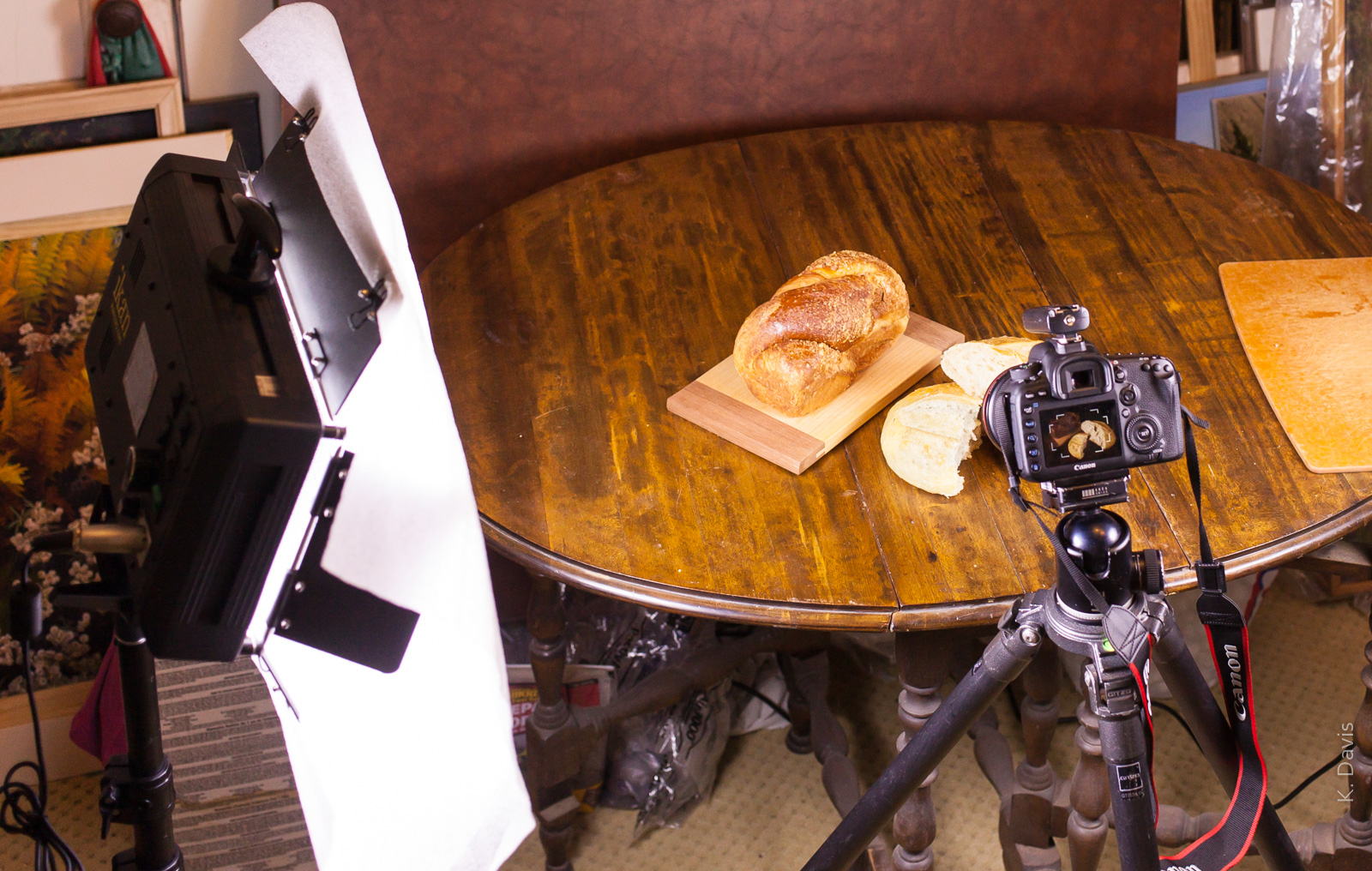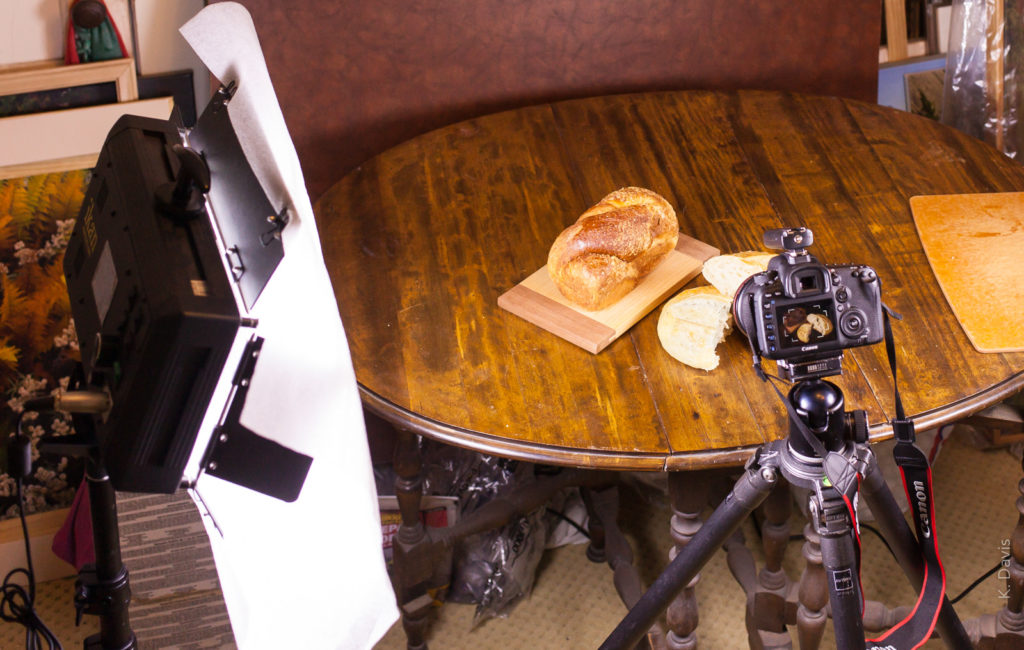In a recent on-line discussion, someone offered a very confused (wrong) explanation of electronic flash options for photographic lighting. To straighten out the confusion, here’s a very brief overview of light sources for photography.
Light sources that strobe/flash
- Studio strobe : Generally requires power from an AC wall-outlet
More power (more than batteries) enables more light and shorter recycle time.
Most studio strobes include a modeling light, which is a low-power continuous light that helps a photographer setup the light. - Monolight (a.k.a monoblock) : Self-contained studio strobe (does not have an external power pack). Some have an option to operate from battery.
- Speedlight : a small battery-powered strobe with hot shoe; can be used on or off camera
- Small strobe like a Speedlight but without hot shoe … is there a term for that?
- Camera built-in flash
Light sources that do Not strobe/flash
- Natural light, a.k.a. available light, ambient light … light not supplied by the photographer.
- Continuous light (a.k.a. video light) … is a light source that does not strobe/flash.
Absolutely necessary for video applications, but can also be useful for still photography. - Hot light … a “continuous light” that generates much heat.
Tungsten and HMI (a.k.a. arc light) are examples of hot light technologies.
LED is an example of continuous light technology that is Not hot. - Flashlight / Light painting … this is a bit obscure, but some photographers have used a simple hand-held flashlight to “paint” light onto a subject during a very long exposure.
Light modifiers
Umbrella (There are reflective umbrellas and shoot-through umbrellas.)
Soft box
Beauty dish
etc.

